Range Flight Safety Program Updates NPR and Creates New Standard
February 08, 2018
3-minute read
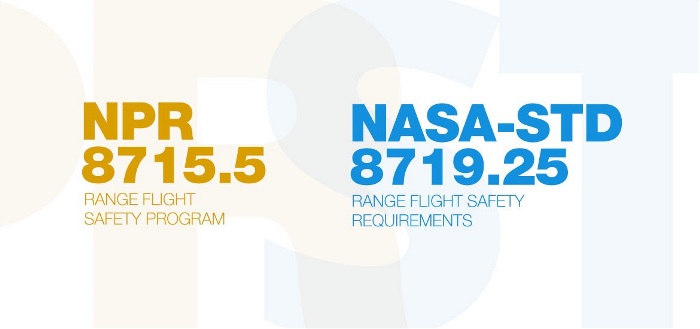
The NASA Range Flight Safety Program updated NPR 8715.5, Range Flight Safety Program and released the newly created NASA-STD-8719.25, Range Flight Safety Requirements, which went into effect on Feb .2 and Feb. 5, respectively. The creation of the standard and subsequent changes to the NASA Procedural Requirements (NPR) support an agency effort to ensure NPRs focus on policy and process, while standards contain technical requirements.
Goddard Assesses Risks of Cellphones and Similar Devices to Hardware
January 19, 2018
3-minute read

Cellphones have become ubiquitous, and while their benefits are apparent, the risks are sometimes more hidden.
After experiencing two incidents of cellphone interference with sensitive hardware, Goddard Space Flight Center’s Safety and Mission Assurance (SMA) Chief Engineer Jesse Leitner raised the concern to the Goddard SMA Risk Advisory Board as a potential cross-center risk.
SARP Sponsors Nine Research Initiatives
January 18, 2018
7-minute read

Researchers wrapped up nine NASA Software Assurance Research Program-sponsored research projects aimed to benefit Software Assurance processes across the agency and presented the results to the Software Assurance Working Group (SAWG). After select proposed initiatives were chosen in 2016, researchers were given a year to develop, analyze, test, record findings and present results to the SAWG. Two of the projects were multi-year studies that continued from the prior year.
Updates to NPR 8715.3
January 11, 2018
2-minute read
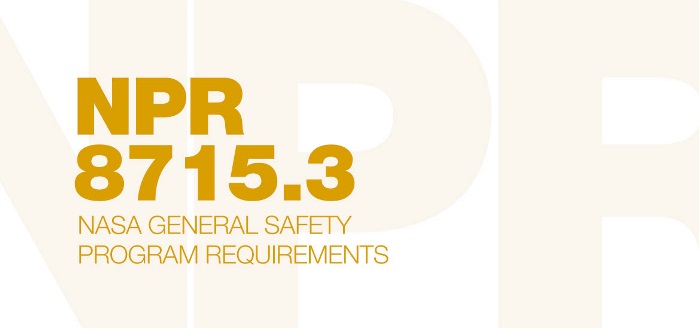
Updates to Chapters 4, 5 and 8 of NPR 8715.3, NASA General Safety Program Requirements went into effect on Aug. 1, 2017. These updates, part of Revision D, met the NASA requirement that ensures policies are updated at least every five years; however, a complete update to the policy is still in the works.
ESD Wireless Wrist Straps: The Shocking Truth
January 10, 2018
3-minute read
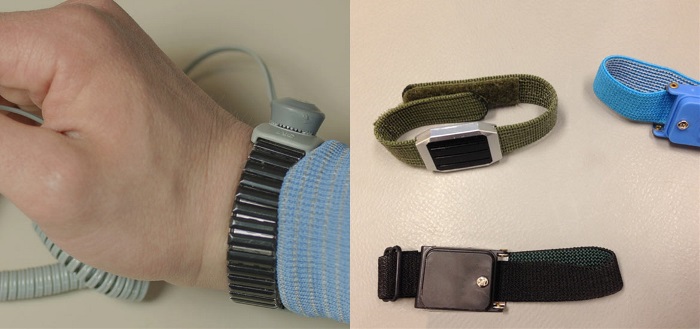
It is essential that NASA engineers use proper precautions when working with Electrostatic Discharge (ESD) sensitive hardware, as poor ESD control practices could be the difference between success and failure for a mission. ESD control is a fundamental component of NASA’s workmanship policy, which is why NASA requires operators to verify ESD personnel grounding systems (e.g. wrist or heel straps that are continuously connected to common point ground) are properly functioning before they enter an ESD Protected Area (EPA) or come within one meter of an ESD sensitive item.
RHA Methodology Helps Improve Mission Duration Timelines
January 02, 2018
3-minute read

A new Radiation Hardness Assurance (RHA) methodology could lead to shorter, but more frequent missions at NASA. Mike Xapsos, a research physicist in the Radiation Effects and Analysis Group and member of the NASA Electronic Parts and Packaging Program (NEPP) at NASA Goddard Space Flight Center, has developed an improved method for evaluating the performance of a microelectronic device in space, which closes the gap between design specifications and on-orbit performance.
SMA Partners With Pathfinder Study to Support MBSE Direction
January 02, 2018
3-minute read

“At NASA, we should allow computers to do what computers are good at, so people can do what people are good at.”
This perspective, explained by MBSE Pathfinder Study Co-Lead Jessica Knizhnik, is the main motive behind a Pathfinder study, sponsored by the NASA Engineering and Safety Center, to investigate how Model-Based Systems Engineering (MBSE) and Model-Based Engineering (MBE) techniques can be applied by NASA projects.
Revision B of NPR 8000.4
January 02, 2018
3-minute read
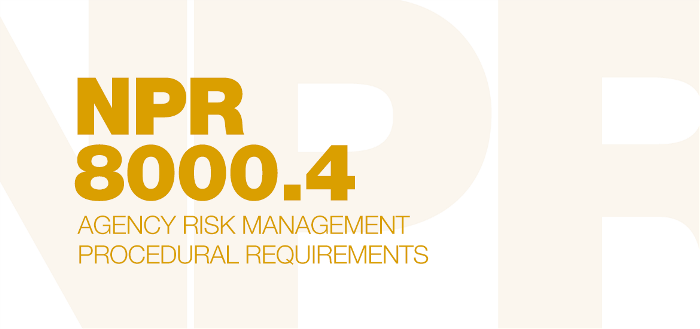
Changes to NPR 8000.4B, Agency Risk Management Procedural Requirements, went into effect on Dec. 6, 2017, thereby replacing NID 8000-108 and NPR 8000.4A.
NASA Holds Additive Manufacturing Workshop
December 20, 2017
2-minute read
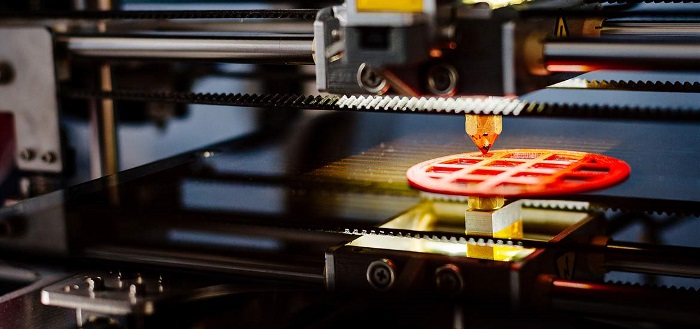
NASA’s Office of Safety and Mission Assurance Quality Initiatives Program sponsored a half day workshop on Quality Assurance in Additive Manufacturing (AM) at Aerospace Corporation Headquarters in El Segundo, California. The workshop, held in association with Aerospace’s Manufacturing Problem Prevention Program — or MP3 — and Additive Manufacturing Guidance Development Workshop, focused on the theme of “Quality Strategies for AM.” Speakers at the NASA AM portion included NASA centers, national labs and AM manufacturing industry representatives, as well as industrial risk analysis companies.
Learn More: Human Factors in Mishap Investigation
December 12, 2017
2-minute read

When a mishap or close call occurs, there’s always a human component to consider. It’s not about blame, but rather understanding the circumstances around the incident and how they can be avoided in the future to prevent recurrence.